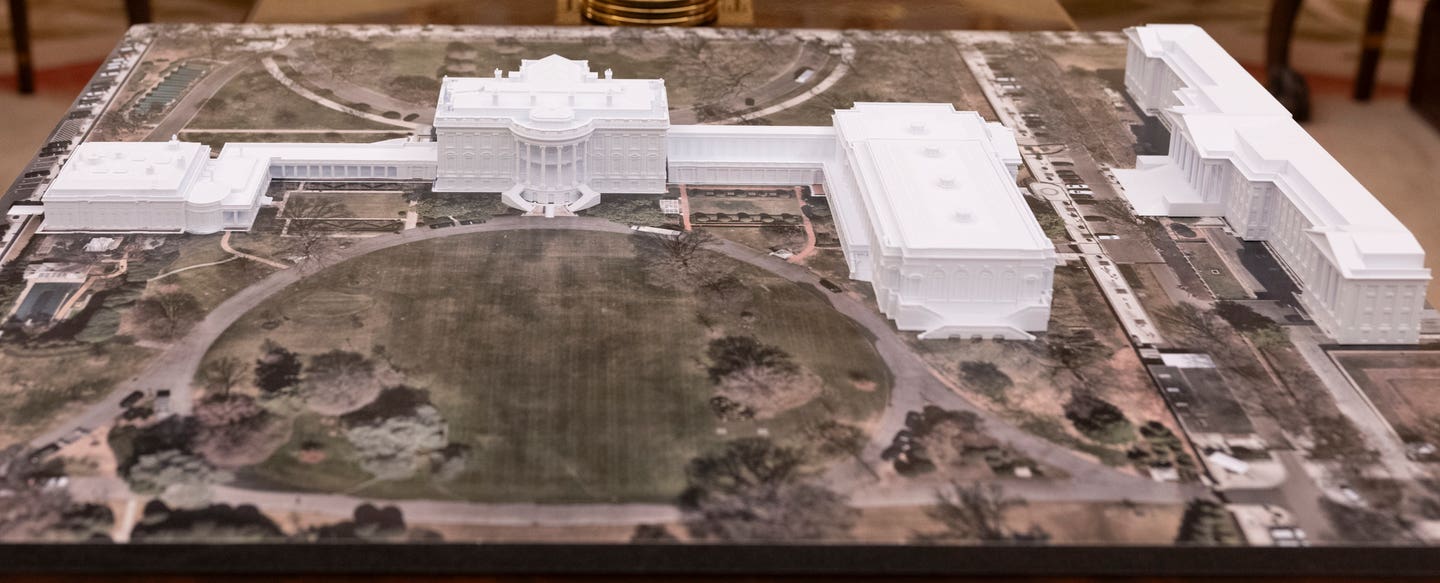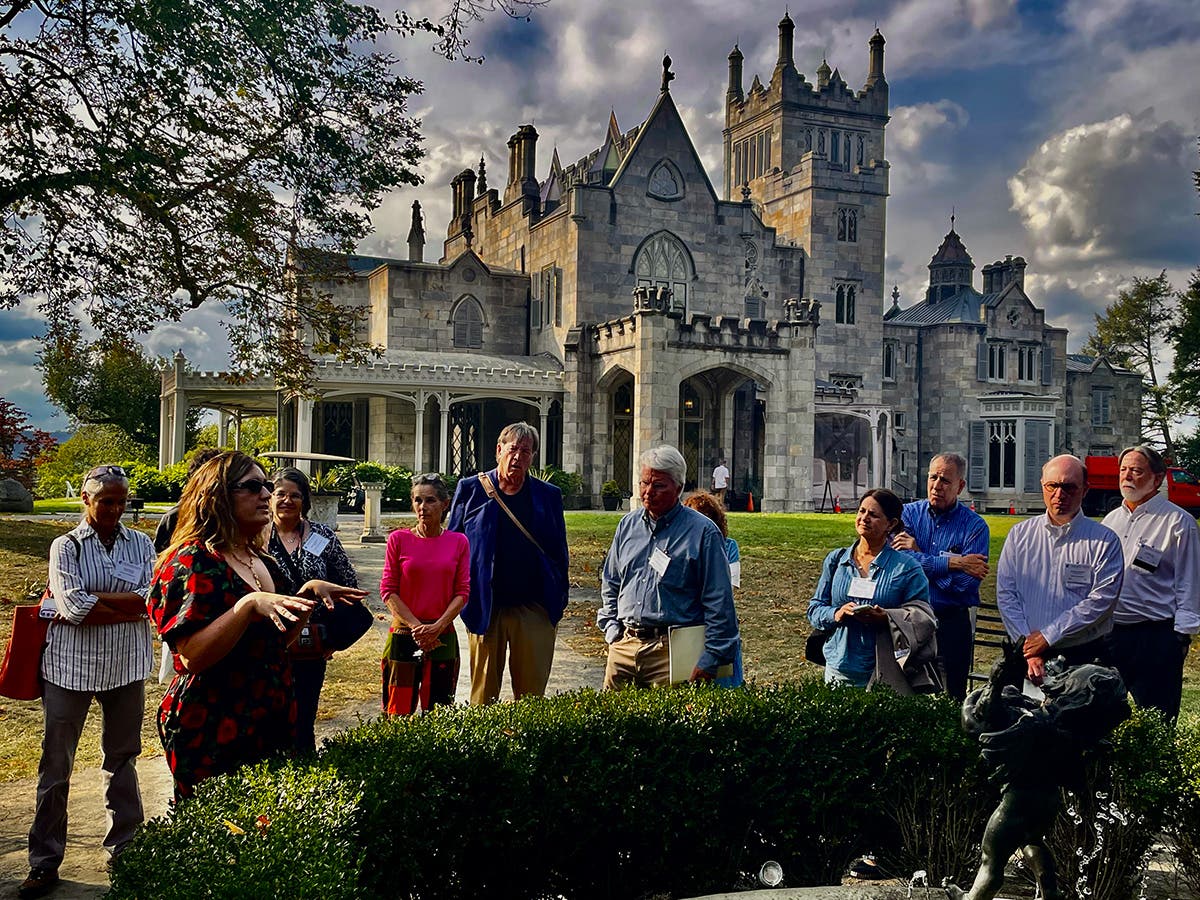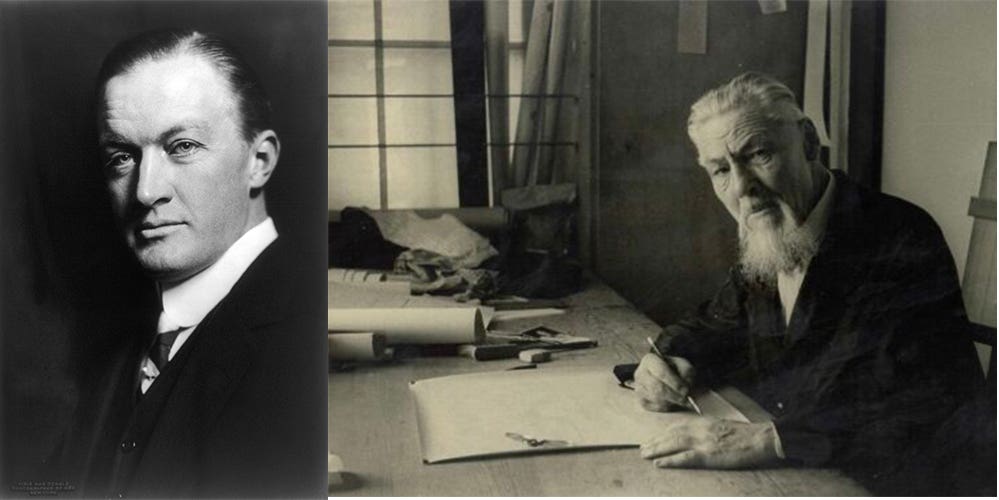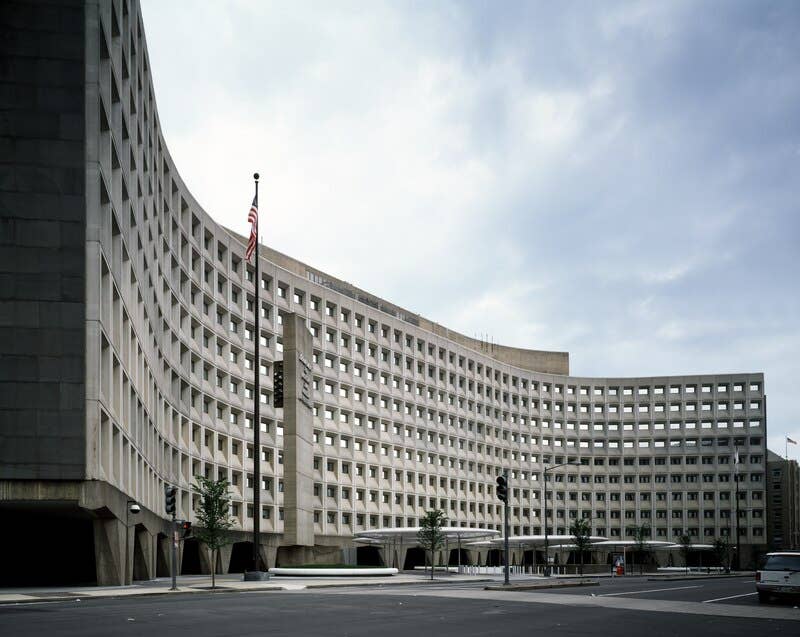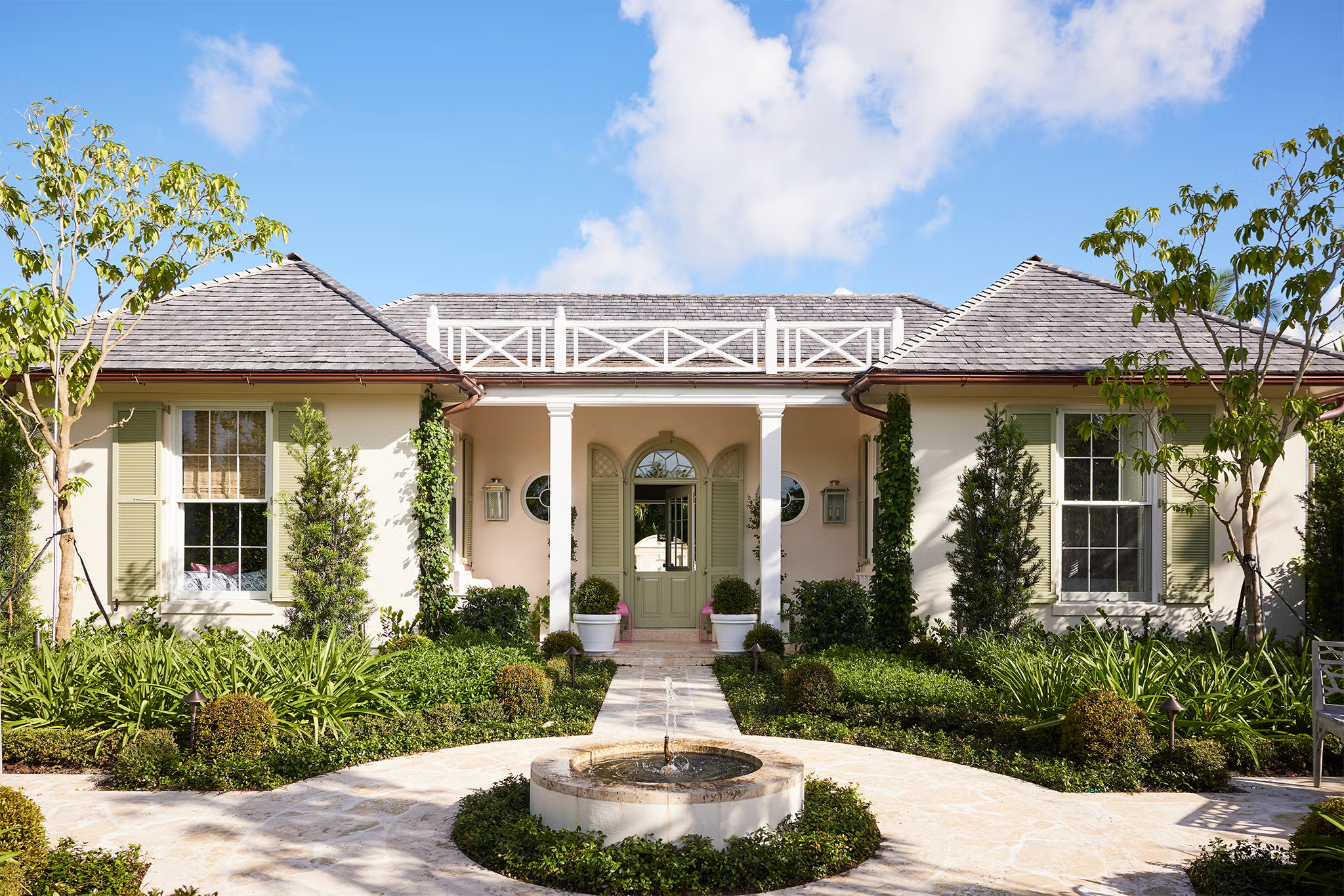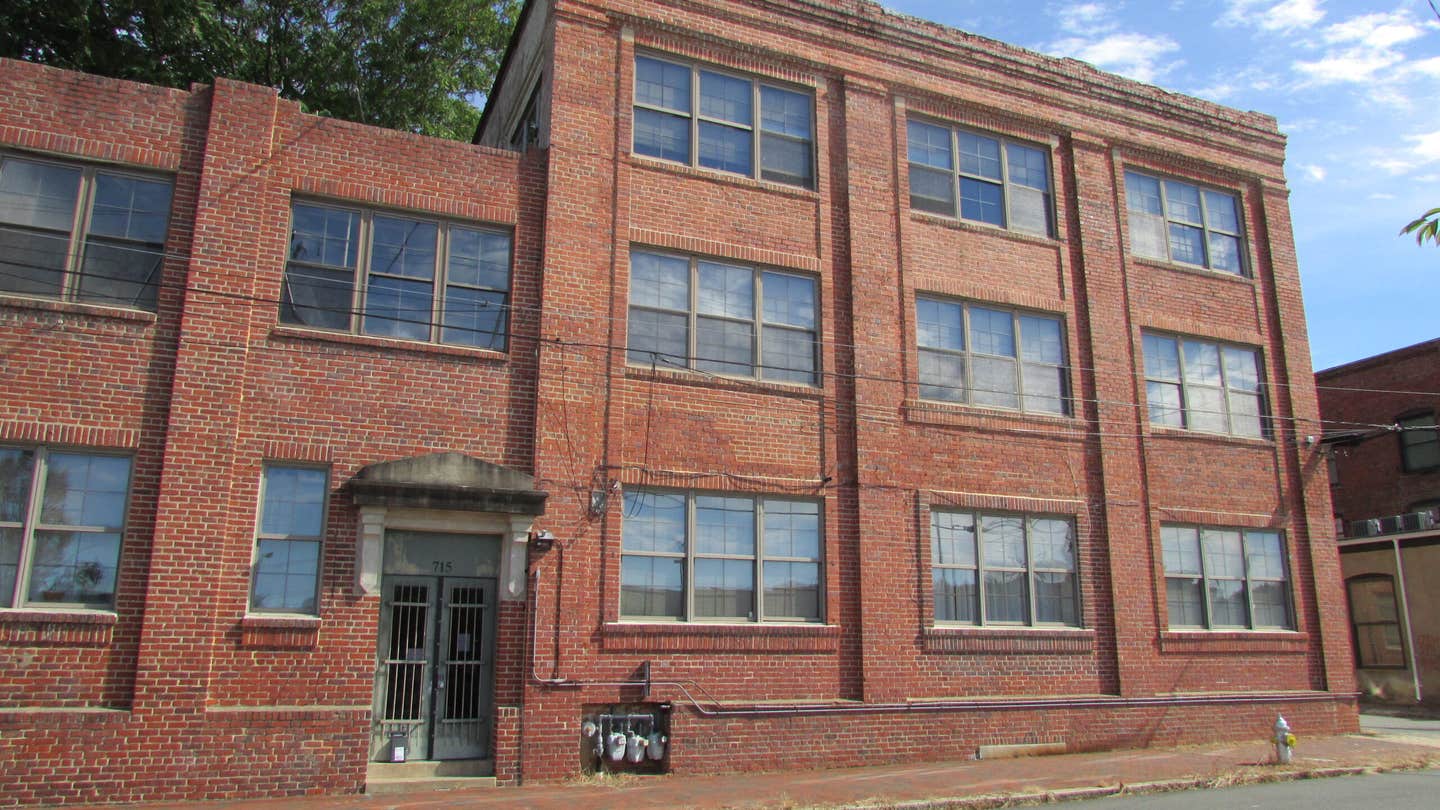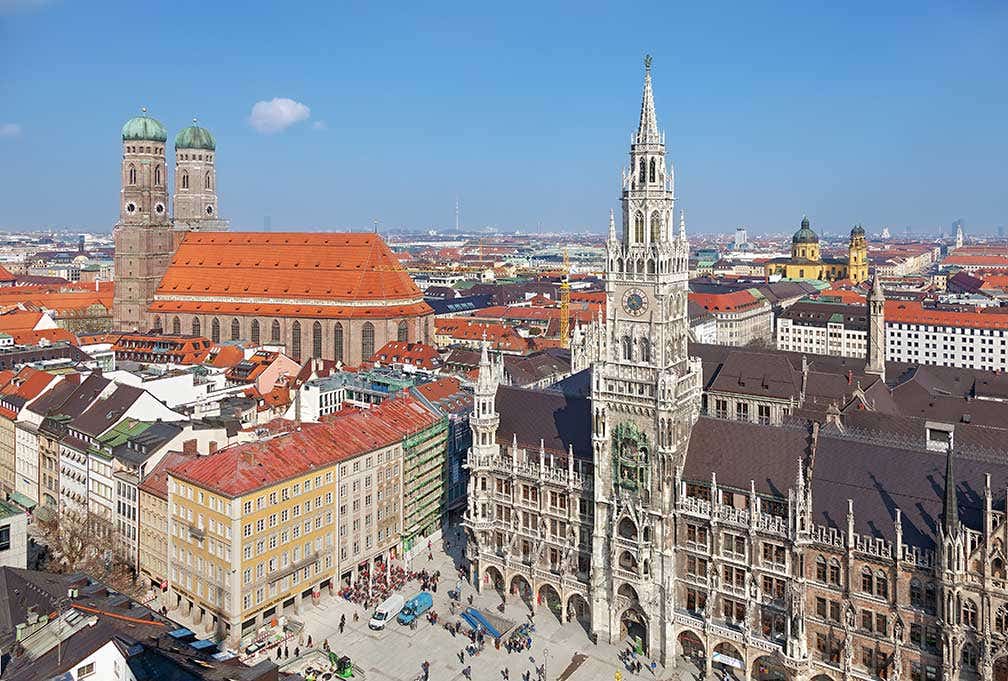
Carroll William Westfall
Tradition Builds Good Urbanism
People habitually see buildings as historians have taught them to, as examples of a style of a particular time or architect with its home on a magazine page, not on an urban site. There are fan clubs for a few world famous architects—Michelangelo, Frank Lloyd Wright and Antonio Gaudi come to mind—and for vernacular buildings. But buildings that are poor examples of a style or with alterations in the wrong style are treated like skunks at a garden party.
The styles march through history exercising a pernicious effect on urbanism. A building is treated as a singular object and strutting beauty in a fashion parade rather than as a participant in the civil life that seeks to “assure the Blessing of Liberty to ourselves and our Posterity.” And as a building becomes old and its service needs renewal, this emphasis on the latest new thing leads us to forget that may very well be freshened up and given a new use rather than be put out to pasture or sent to the glue factory.
This overwrought emphasis on the ever-changing current style blinds us from seeing the whole that a building contributes to. We overlook the charm and variety that the also-rans contribute to a charming and enchanting urban scene built over time in a particular place where they play vital roles in serving the common good.
Buildings are not like citizens who are created equal, but they are like the various and often unequal contributions that citizens make to the common good. Outstanding citizens stand out for their service, and so do buildings as they express their roles in serving the common good. When every citizen contributes in his or her own way, everyone benefits. When buildings do the same we have the urbanism that the good city builds.
Urbanism provides a place where people honor the laws and the valued, guiding traditions that bind them into a civil community in which they subordinate, or at least attune, their private interests to their public service. Shouldn’t this also guide us when we build?
Certainly different leaders have different styles of being stewards of the common good, and it might be that a leader’s style brings notice, but it is service that is remembered and honored, and so should it be when we build.
It is natural for people to want natives or long-time residents running things, people whose character they know and vouches for the integrity of their service. And so too with buildings: their formal character is more important than their allegiance to some style. This character comes from drawing on the common trove of architectural elements and compositions that are traditional in a place while also giving them the individualized treatments demanded by the role they are to play, the present circumstances, and the designer’s talent. That is what citizen-architects have always done, even if they are non-residents.
Consider the restoration of war-damaged Munich in Germany, which offers a lesson about how to rebuild and move forward. Photo 1 A is after the war and B is now. We see the Marienplatz with its Frauenkirche (1468-94 and later; Jőrg von Halsbach, architect) and city hall (1867-74 and later; Georg von Hauberrisser). In the distance in B the bright yellow church on the Odeonplatz is visible, and in the far distance the tall commercial buildings being kept at bay.
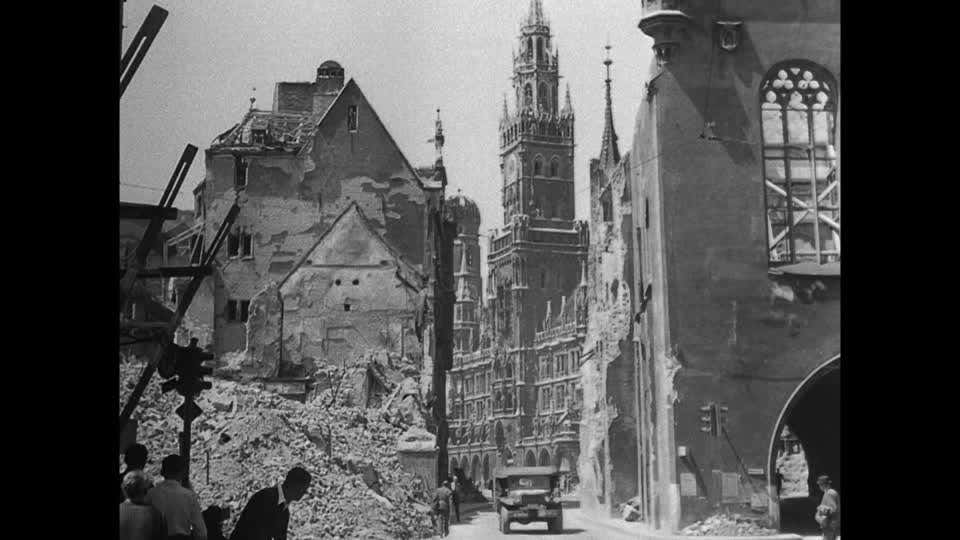

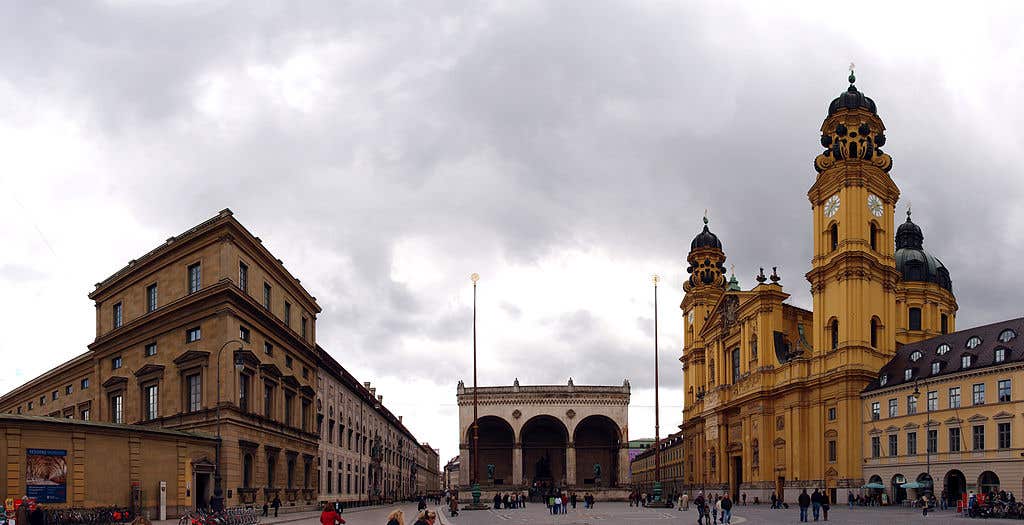
Photo 2 shows the Odeonplatz that Ludwig I of Bavaria initiated in 1816 while still Crown Prince. He had Leo von Klenze lay out and frame it with his buildings facing the Theatine Church of Saint Cajetan built in 1663-90 by Agostino Berelli with others completing the dome and beginning the towers to build a wonderful adaptation of San Andrea della Valle in Rome. The towers were completed only when the façade was built in 1768 by François de Cuvilliés. The completion of the platz came in 1841 when Friedrick Gärtner built the Feldherrenhalle in 1841 based on the Loggia dei Lanzi in Florence from 1376-82.
Photos 3 and 4 show church and state in Lancaster, MA, between Lowell and Worcester about an hour’s drive from Boston. First settled in 1653, about the time the Theatine Church in Munich was being built, facing one another across the long stretch of the town common are Charles Bulfinch’s Congregational (now Unitarian) Church from 1816 and the “New” Town Hall from 1908 by A. W. Longfellow that replaced the 1848 building.
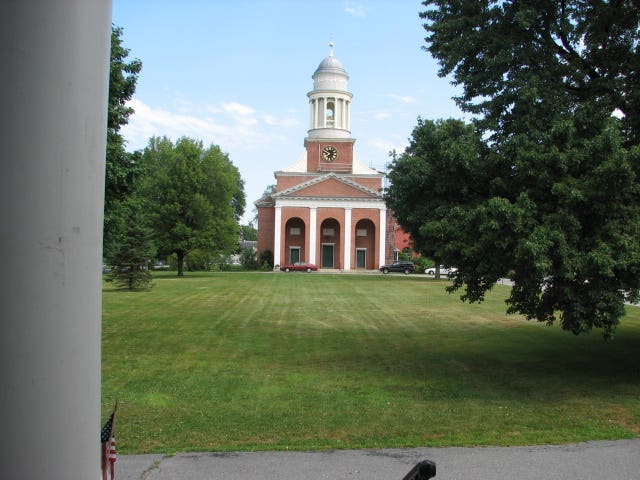
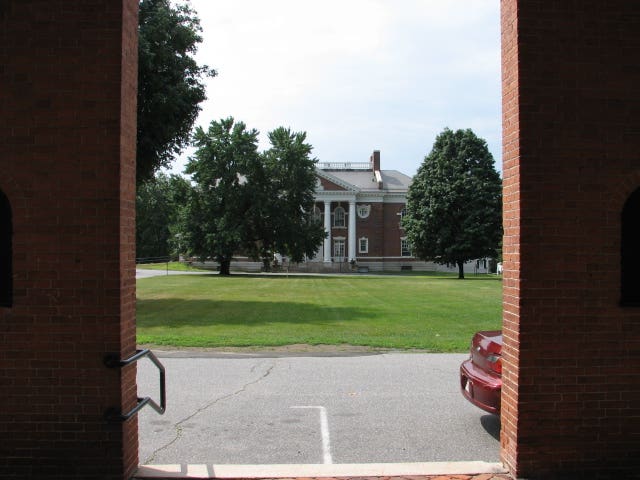
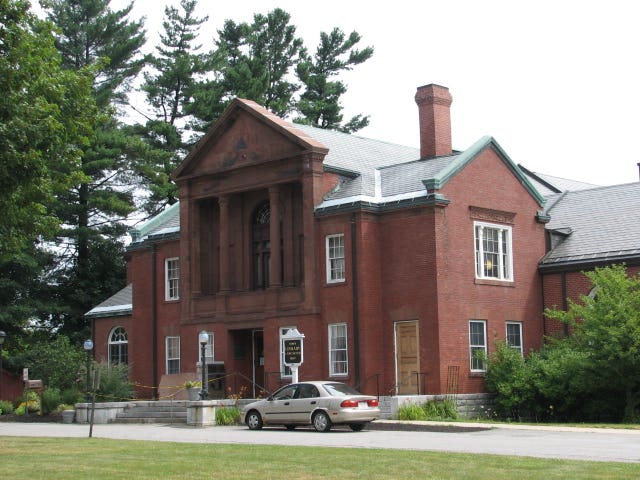
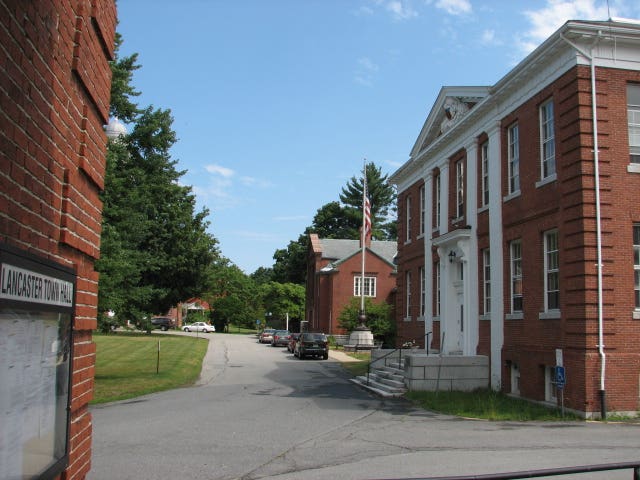
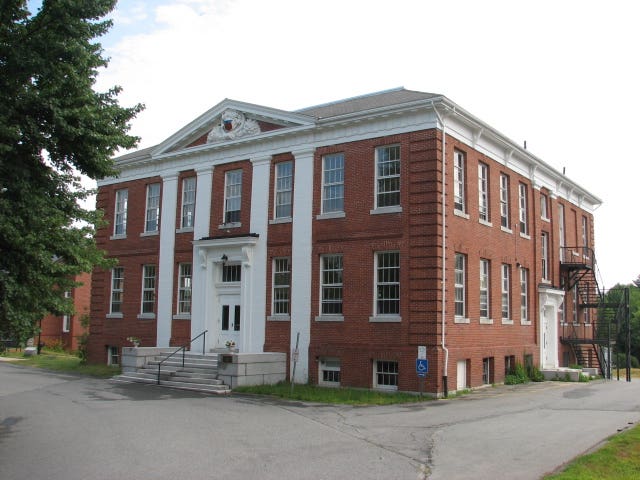
Along one side of the common runs a road. On the other, in photo 5, is the Thayer Memorial Library. The first word in its name commemorates generous benefactors, the second Lancaster’s Civil War dead. Its oldest part is from 1868 (Calvin Ryder and Edward Harris) with modifications in 1888 (Cabot, Everett & Mead).
In photo 6 we have a corner of the Town Hall, the Lancaster High School (later the Middle School for younger students) by Edward D. Hale, 1906, and beyond it the library. The school is again in photo 7, which Spencer and Vogt is now equipping as the Prescott Building for the town’s use with additional commercial space for a new Town Museum and Historical Research Center.
In the last census Lancaster had 8,055 residents. One can only speculate what growth is in store for it and hope for the best as it absorbs it.
(My thanks to Heather Lennon of the Lancaster Historical Commission and Mary de Alderete, Lancaster Town Clerk, for information.)
Carroll William Westfall retired from the University of Notre Dame in 2015 where he taught architectural history and theory since 1998, having earlier taught at Amherst College, the University of Illinois in Chicago, and between 1982 and 1998 at the University of Virginia.
He completed his PhD at Columbia University after his BA from the University of California and MA from the University of Manchester. He has published numerous articles on topics from antiquity to the present day and four books, most recently Architectural Type and Character: A Practical Guide to a History of Architecture coauthored with Samir Younés (Routledge, 2022). His central focus is on the history of the city and the reciprocity between the political life and the urban and architectural elements that serve the common good. He resides in Richmond, Virginia.




